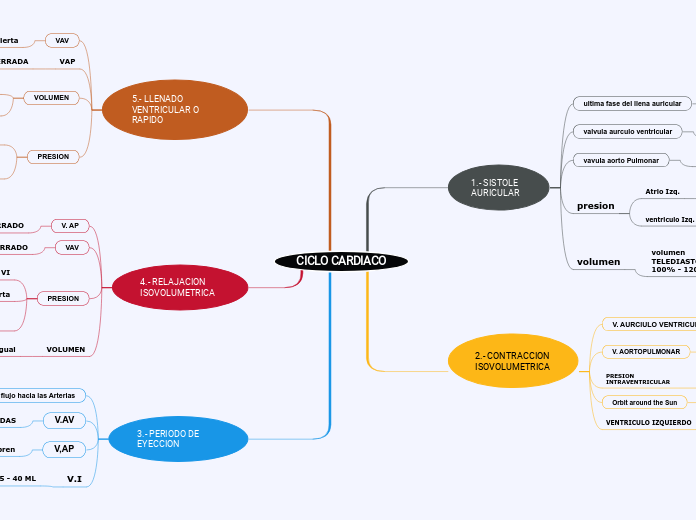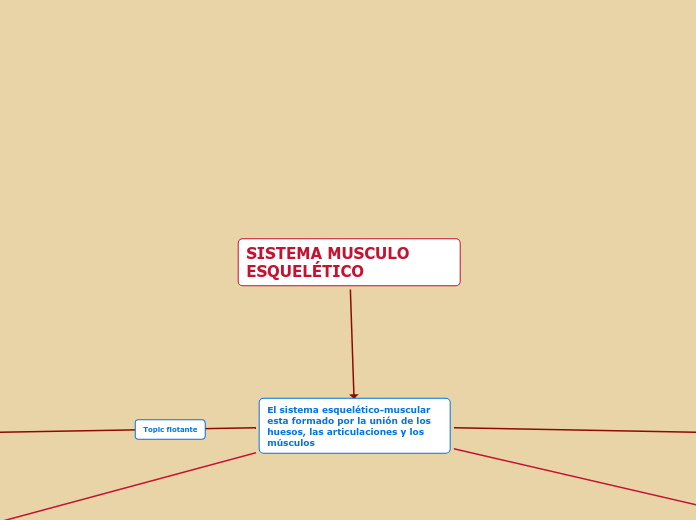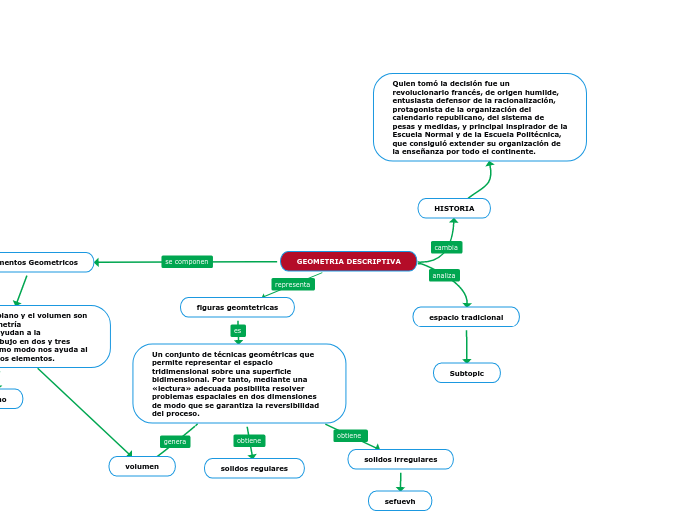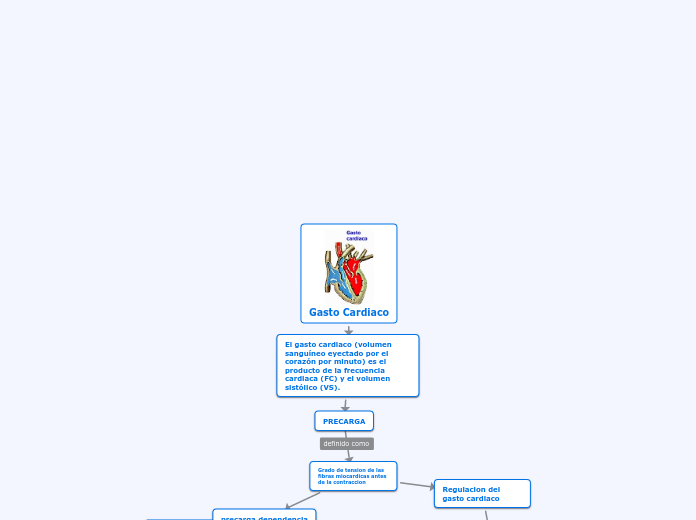CICLO CARDIACO
The Solar System is the gravitationally bound system of the Sun and the objects that orbit it, either directly or indirectly. Of the objects that orbit the Sun directly, the largest are the eight planets, with the remainder being smaller objects, the dwarf planets, and small Solar System bodies.
3.- PERIODO DE EYECCION
Earth is a water world, with two-thirds of the planet covered by oceans.
It's the only world known to harbor life.
Earth's atmosphere is rich in nitrogen and oxygen.
Its name originates from 'Die Erde,' the German word for 'the ground.'
Earth may once have had two moons, nowadays it has just one.
45 - 40 ML
Este volumen se llama
V,AP
How long does it take for Earth to go around the sun?
Ce abren
V.AV
A planet's day is the time it takes the planet to rotate or spin once on its axis.
Write down the Earth's day in hours.
CERRADAS
salida del flujo hacia las Arterias
4.- RELAJACION ISOVOLUMETRICA
Mars is a cold, desert-like place covered in dust. This dust is made of iron oxides, giving the planet its iconic red hue.
Mars shares similarities with Earth: It is rocky, has mountains, valleys and canyons, and storm systems ranging from localized tornado-like dust devils to planet-engulfing dust storms.
sigue igual
How long does it take for Mars to go around the sun?
TODO ESTO PRODUCE LA PRESION DIASTOLICA
P. Aorta
80 mHg
P. VI
10 m Hg
A planet's day is the time it takes the planet to rotate or spin once on its axis.
Write down Mars's day measured in Earth days.
no hay modifiacion de volumen
V. AP
CERRADO
Para que no haya reflujo
5.- LLENADO VENTRICULAR O RAPIDO
Jupiter is a giant gas world that is the most massive planet in our solar system.
Its swirling clouds are colorful due to different types of trace gases.
And a major feature in its swirling clouds is the Great Red Spot, a giant storm more than 10,000 miles wide. It has raged at more than 400 mph for the last 150 years, at least.
Jupiter has a strong magnetic field, and with 75 moons, it looks a bit like a miniature solar system.
PRESION
How long does it take for Jupiter to go around the sun?
8 a 0 mHg
proceso de SUCCION
AURICULA IZQUIERDA
10 mHg
VOLUMEN
A planet's day is the time it takes the planet to rotate or spin once on its axis.
Write down Jupiter's day measured in Earth days.
VAI
Subtopic
VVI
se llena a 100 ml = 80%
VAP
CERRADA
PROCESO DE RETRACCION
VAV
lo de la auricula pasa al ventriculo
2.- CONTRACCION ISOVOLUMETRICA
Venus is Earth's twin in size and has no moons.
Its surface has various mountains and volcanoes. Because of its thick, toxic atmosphere that's made of sulfuric acid clouds, Venus is an extreme example of the greenhouse effect. The average temperature on Venus' surface is 900 F (465 C).
Venus spins slowly from east to west, the opposite direction to most of the other planets.
The Greeks believed Venus was two different objects — one in the morning sky and another in the evening. Because it is often brighter than any other object in the sky, Venus has generated many UFO reports.
VENTRICULO IZQUIERDO
con 120 ml
Orbit around the Sun
How long does it take for Venus to go around the sun?
onda C en la A.I.
PRESION INTRAVENTRICULAR
V. AORTOPULMONAR
A planet's day is the time it takes the planet to rotate or spin once on its axis.
Write down Venus's day measured in Earth days.
Por reaccion Isovolumetrica
V. AURCIULO VENTRICULAR
cerrado
para que no haya REFLUJO
1.- SISTOLE AURICULAR
Mercury is the smallest, only a little bit larger than Earth's moon. Mercury has no moon.
It experiences dramatic changes in its day and night temperatures: Day temperatures can reach a scorching 840 F (450 C), which is hot enough to melt lead. Meanwhile, on the night side, temperatures drop to minus 290 F (minus 180 C).
It also has a very thin atmosphere of oxygen, sodium, hydrogen, helium, and potassium and can't break-up incoming meteors, so its surface is pockmarked with craters, just like the moon.
volumen
volumen TELEDIASTOLICO 100% - 120ML
A.I
15 a 20%
V.I
80 a 85%
presion
ventriculo Izq.
0 ml/s
Atrio Izq.
10 m
vavula aorto Pulmonar
How long does it take for Mercury to go around the sun?
CERRDAS
valvula aurculo ventricular
A planet's day is the time it takes the planet to rotate or spin once on its axis.
Write down Mercury's day measured in Earth days.
abierta
ultima fase del llena auricular
Our Solar System has eight “official” planets which orbit the Sun.
Each planet is at a different distance from the sun. Name its position.
la auricula se cntra









